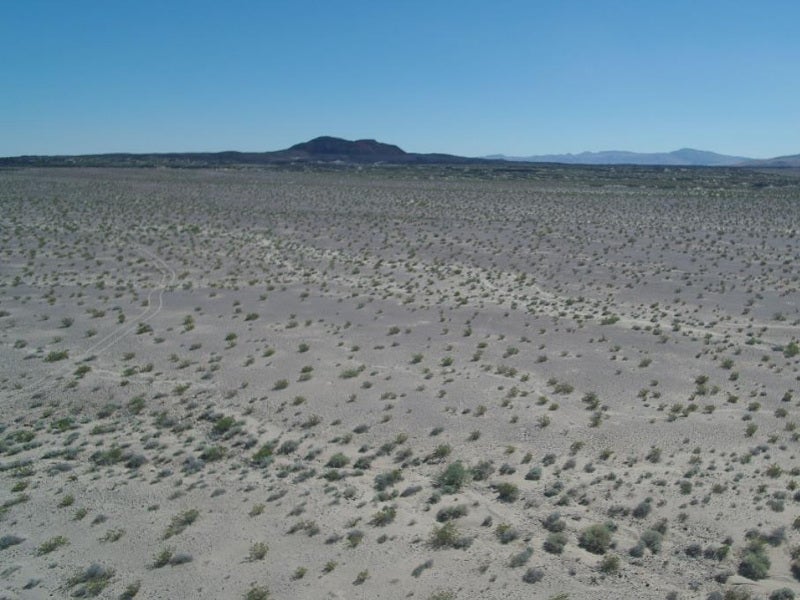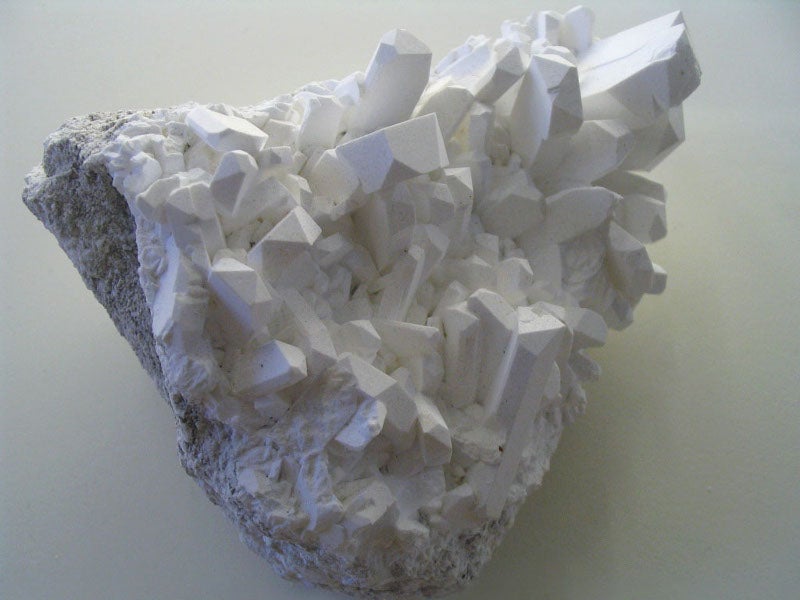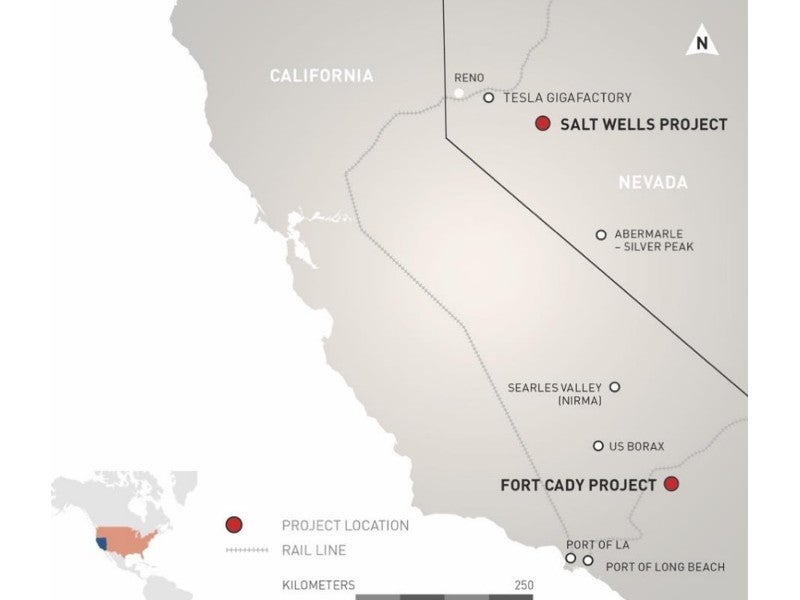The Fort Cady project is a boric acid project being developed by American Pacific Borate and Lithium (ABR) in southern California, US. It is the world’s largest known borate deposit, with an estimated mineral resource of 120.4 million tonnes (Mt).
The project will be developed in three phases with an estimated investment of £412m ($526m). Phase one is expected to be operational by Q4 2020, while phases two and three are expected to be operational by Q2 2023 and Q2 2025, respectively.
Fort Cady project location
The Fort Cady project is located in the Mojave Desert region of San Bernardino County, California, approximately 200km north-east of Los Angeles. The site encompasses an area of 1.39km² and is situated approximately 50km east of Barstow.
Fort Cady project geology, mineralisation, and reserves
The Fort Cady deposit lies in the Hector Basin in the central Mojave region. The project area has uniform exposures of fine-grained lacustrine sediments and tuffs with younger alluvium occurring in washes and overlying the older lacustrine sediments.
The entire mineralised zone, irrespective of grade cut-off and minor barren interbeds, ranges up to 130m in thickness. The borate mineralisation occurs in the form of colemanite and is found in thinly laminated silt, clay, and gypsum beds.
The Fort Cady project has proven reserves of 27Mt, grading 6.70% B2O3, 11.91% H3BO3, and 379ppm Li as of December 2018. The probable reserves are estimated at 13.80Mt grading 6.40% B2O3, 11.36% H3BO3, and 343ppm Li.
Mining and processing
The project will employ in-situ solution mining method for recovering boric acid. A push and pull method will be employed initially until the wells naturally connect, after which separate injection and recovery wells will be used.
A hydrochloric acid solution will be injected into the ore body, 425m below the surface through the wells. The solution will leach the colemanite ore to form a pregnant leach solution (PLS), which will be extracted through reverse pumping.
The PLS will be processed and filtered to remove insoluble impurities by passing it through a solvent extraction circuit, followed by washing and stripping circuit. The final stripped liquor is filtered and directed to the crystallisation circuit.
The crystalliser will produce slurry containing 28% liquid boric acid by weight, which is directed to the dewatering circuit. The boric acid liquor will be filtered, concentrated, and crystallised by evaporation. The crystallised boric acid will be dried and bagged as a final product.
Infrastructure details
The site is accessible from the I-40 Hector turn-off and Route 66. A pipeline will be constructed to connect the processing plant to the existing Pacific Gas and Electric Company (PG&E) mainline for supplying natural gas for the project.
Power will be sourced from an 8MW steam turbine type generator while water will be supplied from two existing water wells in the area. Four new wells are proposed to supply 100 gallons per minute of process water required for the operations.
Contractors involved
Barr Engineering, an engineering and environmental consulting services company, was engaged to work on the mineral processing programme and also prepared the DFS for the project.
Geotechnical and water management consulting firm Piteau Associates was contracted to prepare a detailed mining plan for Fort Candy while RESPEC Consulting converted the identified mineral resource estimates into ore reserves.
Process solutions company Millcreek Engineering was engaged to conduct basic engineering for the Fort Cady project.






